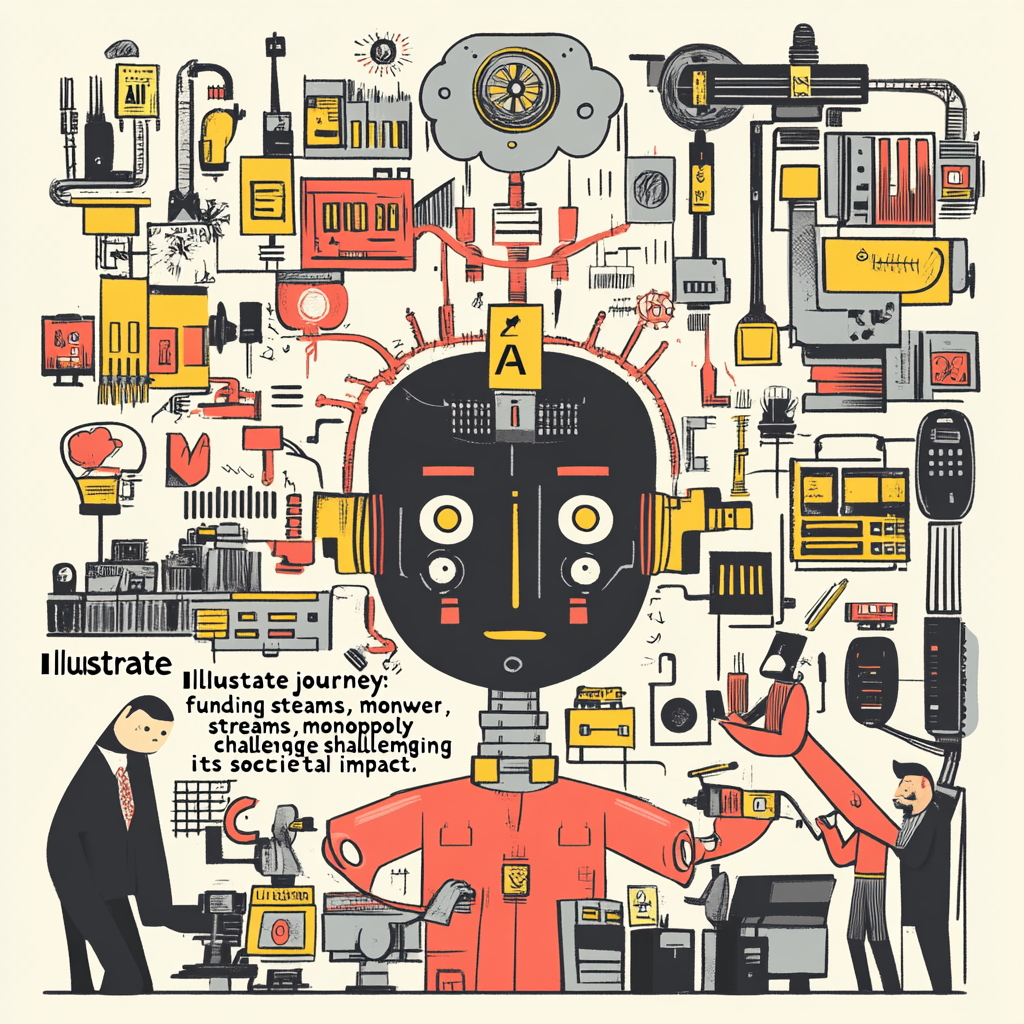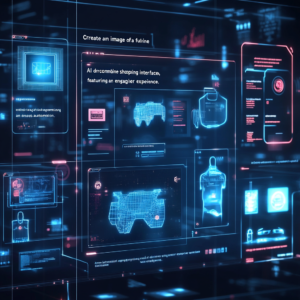
Innovation Networks: Crafting AI’s Evolution
Navigating the Social Currents of AI Development
If you think artificial intelligence is just a flashy term for some futuristic gizmo, think again! In today’s world, AI is carving its path through our daily lives, reshaping healthcare, transforming business practices, and redefining how we communicate. So, what, you might ask, really steers this wild ride? Let's dive into the sociological undercurrents that are shaping the whirlwind of AI development. Think of this exploration as peeling back the layers of a complex onion—or perhaps an intricately constructed Russian nesting doll, because understanding AI is far from simple.
The Money Game
First and foremost, let's talk bucks—cold, hard cash. Money is the lifeblood of technology, and boy, does it flow freely in the tech sector. In 2022, the U.S. tech industry cashed in over $130 billion in venture capital for AI-related startups. That’s money that fuels innovation, but it also sets a high-stakes poker table where betters often favor short-term gains over genuine breakthroughs.
The financial landscape is incredibly influential. Startups feel the urgent pressure to churn out the next big thing, fueling rapid growth that doesn’t always consider sustainability. Here’s the catch: as we saw with the meteoric rise of generative AI tools like ChatGPT, the dream is often driven by dollar signs, leading to innovations that might be more house of cards than solid architecture. Sure, your latest chatbot might be able to throw a few jokes your way, but is it built to last? Or to meet society's broader needs? The ultimate question is whether the rush to capitalize on AI will result in genuine advancements or just a glorious flash in the pan.
A Game of Monopoly
Now, let’s not gloss over the giants in the room. The AI space is increasingly dominated by a handful of tech titans—companies that have consolidated power to the point where their shadows loom large in the startup world. Take Microsoft’s cozy relationship with OpenAI as a prime example. These behemoths hold keys to the innovation kingdom, dictating which projects flourish and which wither away.
Though it might appear that innovation is a territory reserved for these monoliths, that would be a grave misconception. Small companies—those nimble powerhouses!—exist too, creating a dynamic and sometimes electric ecosystem where scrappy startups launch into the skies, often from the backs of mammoth platforms like Amazon. It’s like a symbiotic dance, each party relying on the other to keep growing. Fascinating, right?
The Innovators and the Imitators
When new technologies burst onto the scene, especially ones as game-changing as AI promises to be, it forces industries to pivot in ways that are often expected but still jaw-dropping. Remember how Netflix blew up the streaming scene? Well, just like that, AI's evolution has the potential to send ripples through established companies and hotshot startups alike.
Industries entrenched in traditional IT systems need to shake off the dust and adapt. The 'unbundling' of tech infrastructures is already mincing its way across places like India, pushing businesses to embrace cloud computing and all the shiny new toys AI brings into play. That struggle for adaptation is part of what makes global industry shift on its axis; it’s a dance of innovation that will dazzle, confuse, or perhaps even terrify us as new practices unfold.
The Invisible Hands Behind the Curtain
While we often romanticize the glitzy vision of tech development—think high salaries, luxe offices, and groundbreaking breakthroughs—it’s crucial to pull back the curtain and shine a light on the unseen laborers. Many of these dedicated workers, often based in the Global South (yes, places like India and the Philippines), perform the nitty-gritty tasks that underpin AI.
But there’s a darker side to this reality. The same people responsible for labeling data and testing AI models are also the ones facing the harrowing task of “red teaming.” This involves coaxing generative AI into spitting out harmful content, just to identify and mitigate those pesky moderation holes. It’s a grim job at times, exposing these workers to unsettling content that can affect their mental well-being. So, let’s not forget that behind every slick piece of tech is a human story filled with challenges, resilience, and oftentimes, sacrifice.
The Heart and Soul of AI Development
With all these components swimming around in the pool of AI development, let’s not overlook the fundamental human element that weaves through it all. Building AI systems isn’t merely a question of code and computation; it’s essentially about people. Striving for diversity and inclusivity in the development teams is crucial. After all, an AI that doesn’t fairly represent the world risks perpetuating biases that can have severe real-world impacts.
The Power of Diversity
Imagine a team of AI developers resembling in color and ideas a single crayon in the box. Well, that would be boring and dangerously shortsighted! Diverse teams bring a cornucopia of perspectives that can be instrumental in identifying bias and developing more equitable AI solutions. Consider facial recognition tech—systems have been seriously skewed, with higher error rates for people of color. Without a tapestry of voices contributing to the fabric of development, how can we expect our AI tools to serve everyone fairly?
Trust Takes Time
For AI to impact society positively, it must earn our trust. If the teams crafting these systems lack diversity, the resultant products may inadvertently embed societal biases that could lead to unfair outcomes—especially in areas like healthcare, law enforcement, and finance where stakes are incredibly high.
To build that trust, developers don’t just hit the “go” button and walk away. No, it’s a continuous process—monitoring, updating, and refining AI tools based on new data and evolving societal understandings. Yes, this arduous labor underscores the vital role humans play in this technological revolution.
The Dance of AI and Society
Navigating through the complexities of AI requires both an understanding of the technical mechanisms at play and a deep awareness of the social systems guiding them. AI is here to stay, and as it transforms industries and personal lives alike, it’s more essential than ever to scrutinize the deeper implications of its integration into our world.
By recognizing the financial motivations, monopolistic tendencies, evolutionary adaptations, and the human narratives embedded in AI development, we can approach this evolving landscape with a critical eye.
Want to stay up to date with the latest news on neural networks and automation? Subscribe to our Telegram channel: @channel_neirotoken. Let’s keep the conversation going as we collectively navigate the future of AI!
